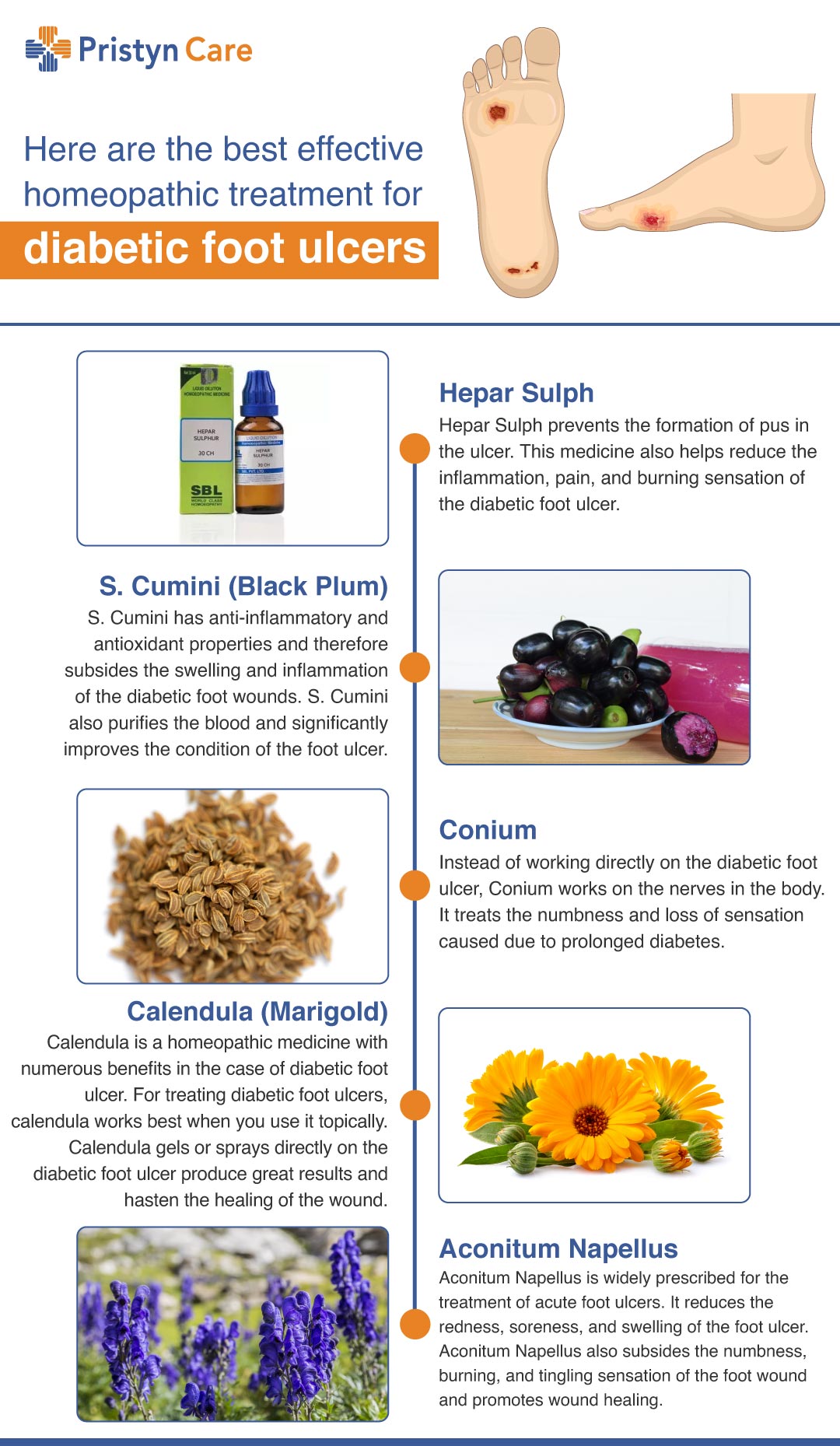

Once the diagnosis is made, the key is to educate the patient on lifestyle changes, which include discontinuation of smoking, abstaining from alcohol and caffeinated beverages, and avoid consumption of too many NSAIDs. The abdominal pain can mimic a number of other pathologies and consequently lead to a delay in treatment. Because the presentation of PUD is often vague, healthcare workers, including nurses, need to be aware of this diagnosis. The majority of patients with PUD present to their primary caregiver, but others may present to the emergency department, urgent care clinic, or an outpatient clinic. When left untreated, it has significant morbidity. PUD is a very common disorder that affects millions of people. Īn evidence-based approach to peptic ulcer disease is recommended. Surgical options include vagotomy or partial gastrectomy. If the ulcer persists despite addressing the above risk factors, patients can be candidates for surgical treatment. The common causes are persistent H.pylori infection, continued use of NSAIDs, or significant comorbidities that impair ulcer healing or other conditions like gastrinoma or gastric cancer. A refractory peptic ulcer is one over 5 mm in diameter that does not heal despite 8-12 weeks of PPI therapy. Surgical treatment is indicated if the patient is unresponsive to medical treatment, noncompliant, or at high risk of complications. Refractory Disease and Surgical Treatment If first-line therapy fails, quadruple therapy with bismuth and different antibiotics is used. The antibiotic selected should take into consideration the presence of antibiotic resistance in the environment. Antibiotics and PPIs work synergistically to eradicate H.

Pantoprazole, clarithromycin, and metronidazole, or amoxicillin are used for 7 to 14 days. pylori-induced PUD is a triple regimen comprising two antibiotics and a proton pump inhibitor.

Prostaglandin analogs (misoprostol) are sometimes used as prophylaxis for NSAID-induced peptic ulcers. Corticosteroids, bisphosphonates, and anticoagulants should also be discontinued if possible. NSAIDs induced PUD can be treated by stopping the use of NSAIDs or switching to a lower dose. Treatment may be incorporated with calcium supplements as long-term use of the PPIs can increase the risk of bone fractures. PPIs block acid production in the stomach, providing relief of symptoms and promote healing. PPIs have largely replaced H2 receptor blockers due to their superior healing and efficacy. All rights reserved.Antisecretory drugs used for peptic ulcer disease (PUD) include H2-receptor antagonists and the proton pump inhibitor (PPIs). Helicobacter pylori Peptic ulcer disease.Ĭopyright © 2019 Elsevier Inc. Timely diagnosis and treatment of peptic ulcer disease and its sequelae are crucial in order to minimize associated morbidity and mortality, as is prevention of peptic ulcer disease among patients at high risk, including those infected with H. pylori, and discuss the latest evidence in the management of complications related to peptic ulcer disease, including endoscopic intervention for peptic ulcer-related bleeding. In this review, we discuss the role of proton pump inhibitors in the management of peptic ulcer disease, highlight the latest guidelines about the diagnosis and management of H. Most cases of peptic ulcer disease are associated with Helicobacter pylori infection or the use of nonsteroidal anti-inflammatory drugs (NSAIDs), or both. In symptomatic patients, the most common presenting symptom of peptic ulcer disease is epigastric pain, which may be associated with dyspepsia, bloating, abdominal fullness, nausea, or early satiety. Approximately two-thirds of patients found to have peptic ulcer disease are asymptomatic. Peptic ulcer disease continues to be a source of significant morbidity and mortality worldwide.


 0 kommentar(er)
0 kommentar(er)
